- Home/
- Guides/
- Pet Minding/
- How to keep your pets safe during a storm or flash flood
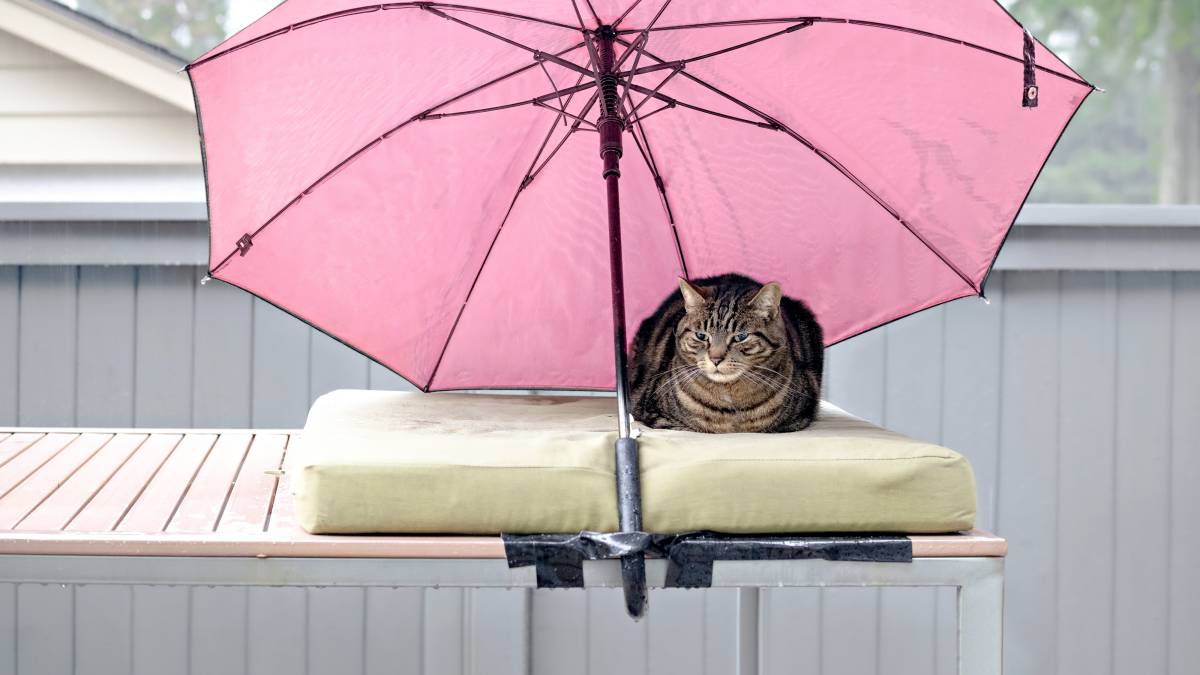
How to keep your pets safe during a storm or flash flood
Find a pet minderLast Updated on
Weather disturbances can induce stress in your pets primarily because of the noise in the atmosphere. Does your cat's fur stand on end whenever there is a storm? Do you hear your dog whining? These are possible signs of storm anxiety.
Dogs, cats and other pets could also get wet during floods, making them vulnerable to colds and other illnesses. Here's a guide to keeping your pets safe and warm during inclement weather:
Step 1: Stay alert and informed
 Staying informed will make a significant difference in terms of readiness. So make sure to be up-to-date on the following things:
Staying informed will make a significant difference in terms of readiness. So make sure to be up-to-date on the following things:
- Flood or storm level alerts from your local weather service
- Your local emergency numbers
- Evacuation protocols from the government
Carefully plan where you can take your pet once staying in your house becomes too risky. If you can't take shelter with a friend or family member, go to the nearest pet hotel or book a pet-boarding service.
Step 2: Have an emergency "go bag"
 An emergency " go bag " is essential when preparing for evacuation due to weather disturbances. Since you have a pet, you can set aside a separate emergency kit for them. These bags will not only come in handy during storms but also during other disasters, like fires and earthquakes. Gather and pack everything you and your pet will need away from home, such as the following:
An emergency " go bag " is essential when preparing for evacuation due to weather disturbances. Since you have a pet, you can set aside a separate emergency kit for them. These bags will not only come in handy during storms but also during other disasters, like fires and earthquakes. Gather and pack everything you and your pet will need away from home, such as the following:
- Days-long supply of pet food and bottled water
- Extra food and water bowls
- Proof of ownership, such as your pet’s identification and registration numbers
- Vaccination records for parvovirus, rabies, and other diseases
- Medications and supplements
- First aid kits
- Pet life vests, towels, and blankets
Step 3: Protect your pet from the cold
 Pets like cats and dogs can feel chilly, especially those with thin coats/fur. Like humans, they can experience nose discharge, “wet” or laboured breathing, watery eyes, and lethargy. Usually, these symptoms last five to 10 days. Cats' and dogs' average body temperature ranges from 38.3 to 39.2°C.
Pets like cats and dogs can feel chilly, especially those with thin coats/fur. Like humans, they can experience nose discharge, “wet” or laboured breathing, watery eyes, and lethargy. Usually, these symptoms last five to 10 days. Cats' and dogs' average body temperature ranges from 38.3 to 39.2°C.
Mild hypothermia in cats and dogs is when their temperature is between 32 and 35°C; moderate hypothermia is between 28 and 32°C. Anything below 28°C is very dangerous. If you don't address it immediately, hypothermia can result in cardiac and respiratory failure, brain damage, and death. Here are simple ways to prevent cat or dog hypothermia during severe weather conditions:
- Close off rooms you don't need to use and keep your heaters or radiators on in select areas.
- Provide many blankets or cloth layers. Cats or dogs will use their body heat to warm the beddings and fight the cold.
- Insulate or weather-strip your windows. Doing so keeps the heat inside your home. It also lessens the impact of alarming noises, like thunder and strong winds.
For other popular pets, like rabbits and guinea pigs, keep them warm by putting high-quality barley straw in their hutches or cages. Finally, for fish, keep their containers or mini aquariums oxygenated.
Step 4: Help your pet relax
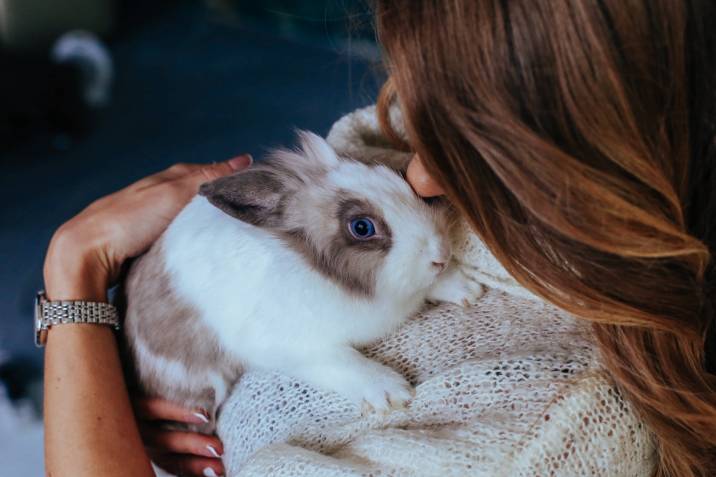 After taking these precautions, it’s time to make your pet comfortable. They might feel secure in a small, interior room, preferably without windows. It can be your laundry room, walk-in closet, or pantry. Get your pet's favourite blanket, some water, and tasty food. Don't leash them, as it can heighten their anxiety. Once they start to doze off, you'll know you've succeeded.
After taking these precautions, it’s time to make your pet comfortable. They might feel secure in a small, interior room, preferably without windows. It can be your laundry room, walk-in closet, or pantry. Get your pet's favourite blanket, some water, and tasty food. Don't leash them, as it can heighten their anxiety. Once they start to doze off, you'll know you've succeeded.
Step 5: Distract your pet
 On the other hand, you can keep your pet active or occupied during the storm to take their minds off the stressful situation. Have fun with them or teach them simple tricks. Cats really enjoy laser toys, while dogs like cuddling or playing fetch. However, don't overdo it. If your pet senses a significant change in their routine, they might become unsettled.
On the other hand, you can keep your pet active or occupied during the storm to take their minds off the stressful situation. Have fun with them or teach them simple tricks. Cats really enjoy laser toys, while dogs like cuddling or playing fetch. However, don't overdo it. If your pet senses a significant change in their routine, they might become unsettled.
Step 6: Evacuate with your pet
 If the storm or flood becomes severe, it might be time to evacuate with your pets. Transporting frisky or temperamental pets in cars can be tricky, and you might need to cage them for a while. Be sure to calm them beforehand to avoid painful bites or scratches.
If the storm or flood becomes severe, it might be time to evacuate with your pets. Transporting frisky or temperamental pets in cars can be tricky, and you might need to cage them for a while. Be sure to calm them beforehand to avoid painful bites or scratches.
If you choose to carry or walk your cat or dog, protect them from floodwater and find the safest route to a shelter. Six inches of moving water is strong enough to knock cats and dogs down. Plus, it can make them sick; floodwater might have sewage, gasoline, and other harmful things.
Also, don't assume that your pet can swim! Many animals, even dogs, aren’t born swimmers. If you force them, they'll panic and put themselves in more danger. Finally, avoid letting your pet walk in areas where floods have subsided, as there might be nails, sharp sticks, and glass shards.
Step 7: Keep your pet clean
 If your pet becomes drenched in the rain or floodwater, bathe and dry them as soon as possible to prevent skin inflammation or bacterial and fungal infections. You can use a towel to absorb extra moisture and then air dry them if they have a short coat.
If your pet becomes drenched in the rain or floodwater, bathe and dry them as soon as possible to prevent skin inflammation or bacterial and fungal infections. You can use a towel to absorb extra moisture and then air dry them if they have a short coat.
A hairdryer will speed up the process. Just make sure that the nozzle is a couple of inches away from your pet's fur. It will also help if it's constantly in motion so that the heat spreads evenly. Another option is a pet-drying box, which leaves your hands free to do other essential things. When your pet is finally dry, placate them with a small treat.
Step 8: Seek professional help
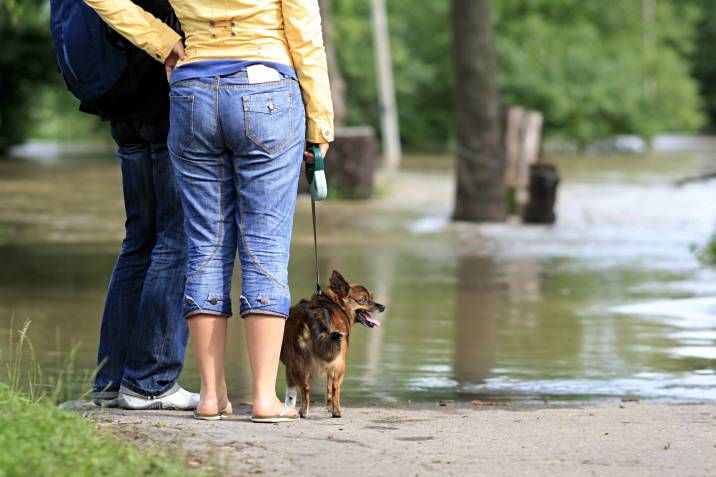 Once the storm disappears and the flood subsides, you can return to your residence with your pet. However, you can't immediately resume your usual feeding, petting, or playing schedule in a water-damaged house. While you work on all the repairs, it's practical to ask someone to care for your pet. All the travelling might have frazzled your cat, dog, or rabbit, and human companionship might be the key to helping them readjust to their environment.
Once the storm disappears and the flood subsides, you can return to your residence with your pet. However, you can't immediately resume your usual feeding, petting, or playing schedule in a water-damaged house. While you work on all the repairs, it's practical to ask someone to care for your pet. All the travelling might have frazzled your cat, dog, or rabbit, and human companionship might be the key to helping them readjust to their environment.
Overall, your knowledge of pet care becomes all the more critical during extreme weather conditions. Household pets are, more often than not, treated like family. Keeping them safe, calm, and warm on dark, stormy days is a small price to pay for all the joy and comfort they provide.
Related articles

Best side hustles for veterinarians
Read more
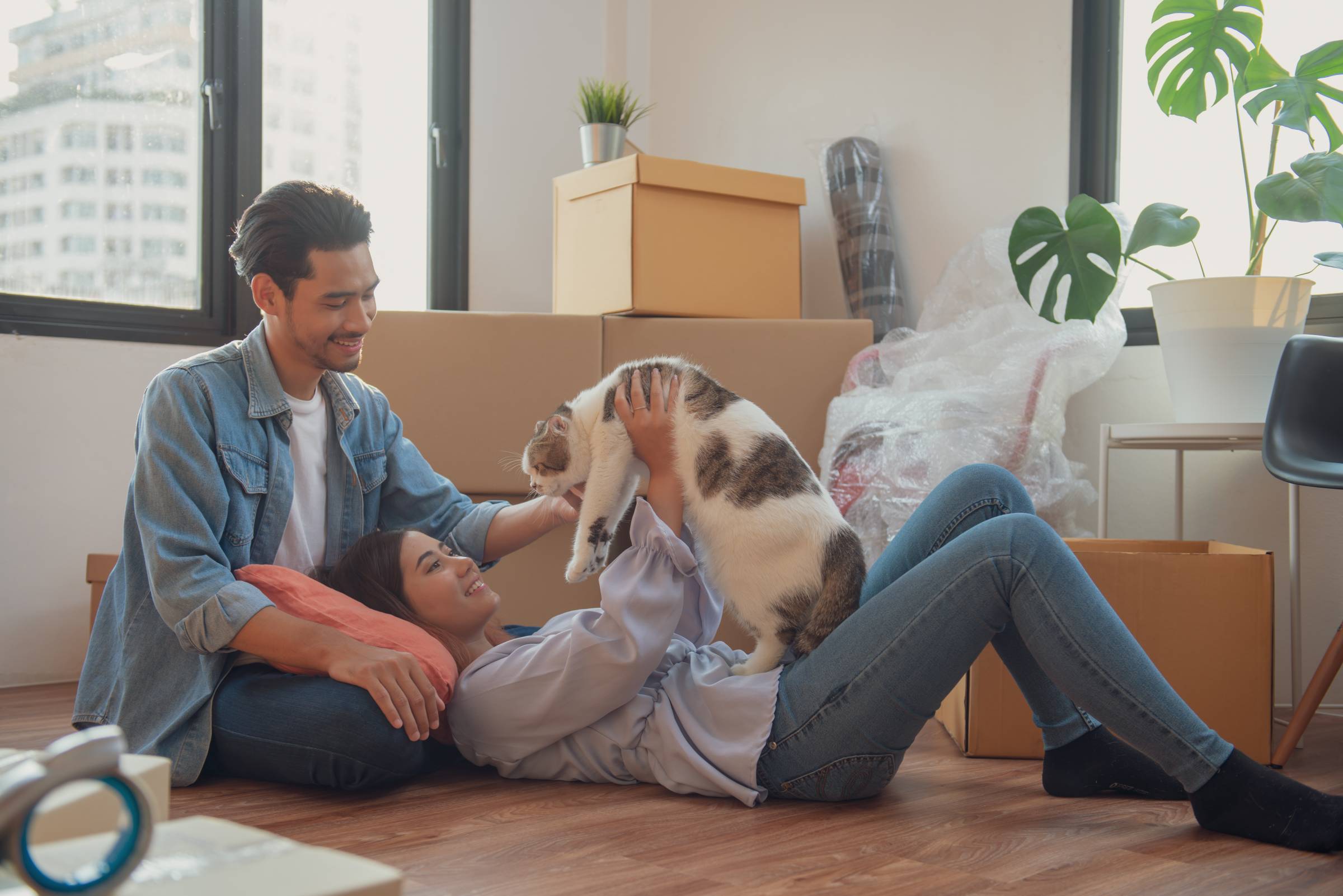
Easy house moving with your cats
Read more
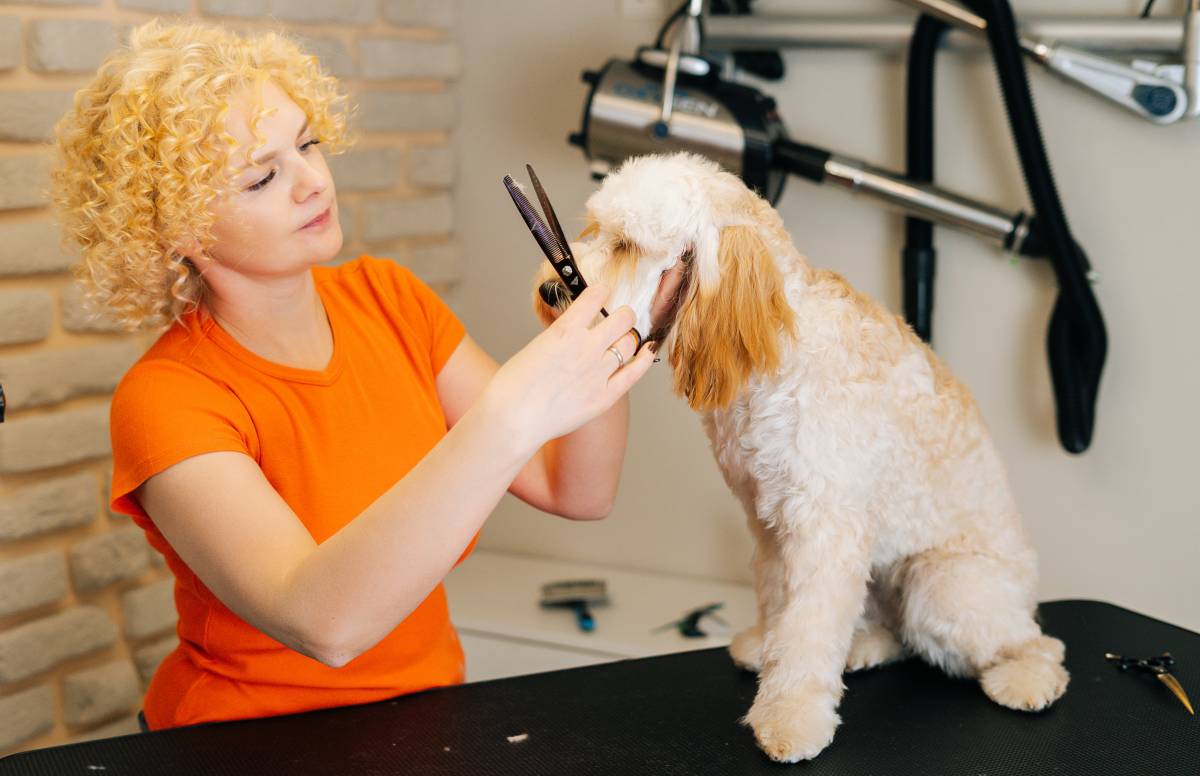
How much does a pet groomer make?
Read more
Related price guides

How much is pet transport?
Read more


